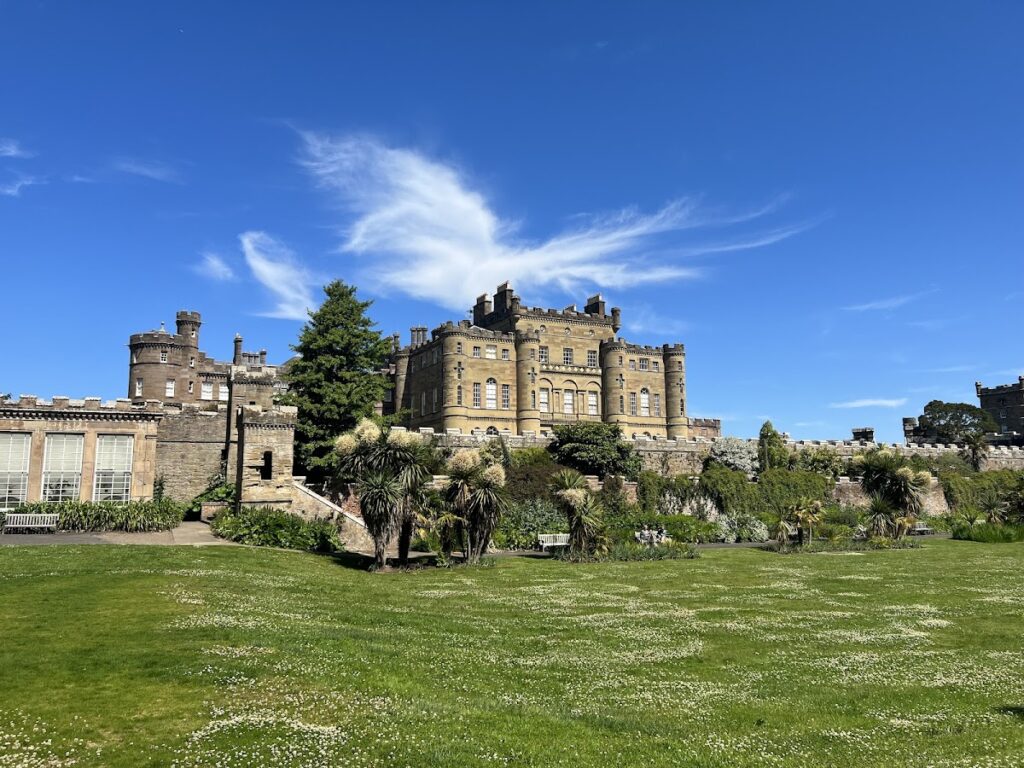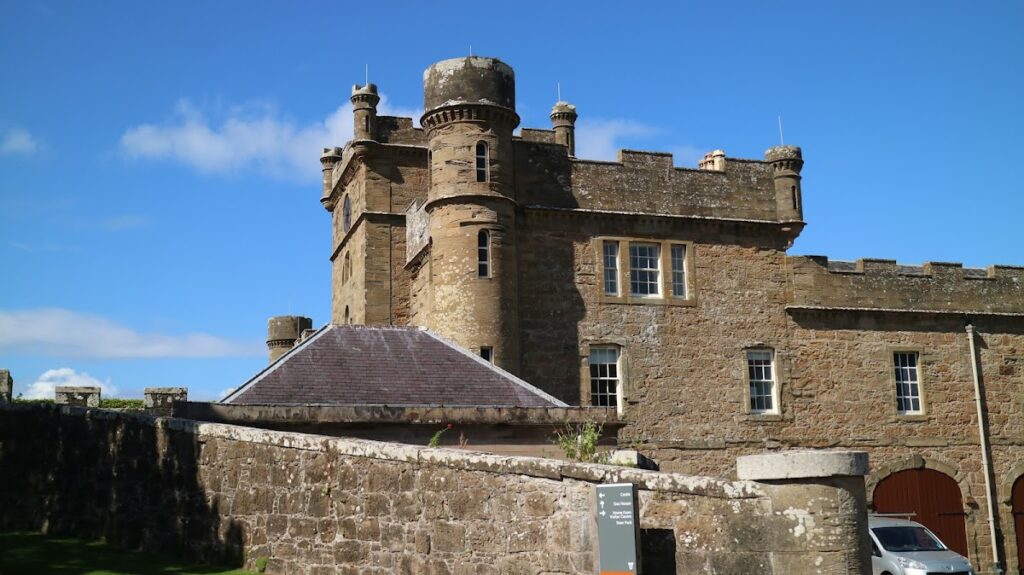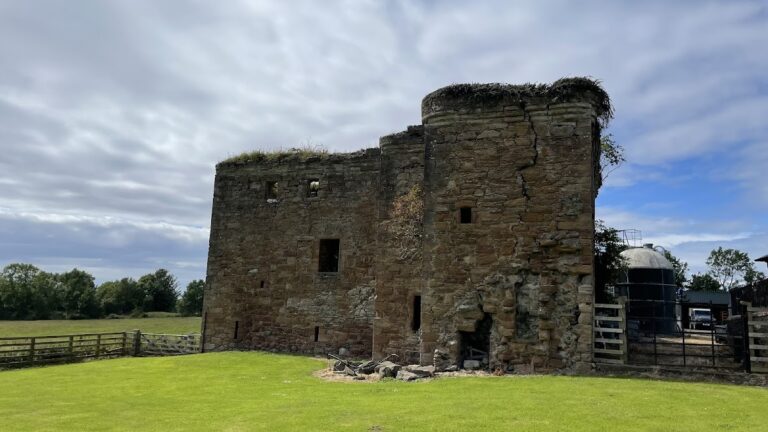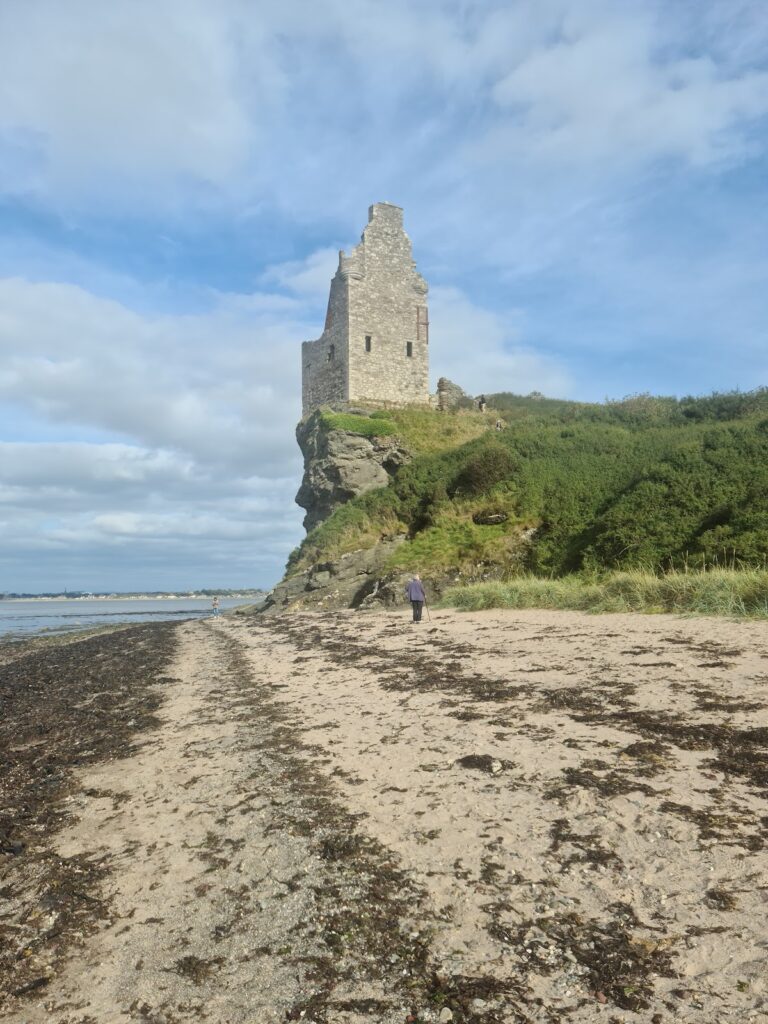Culzean Castle: Historic Scottish Residence and Landmark
Visitor Information
Google Rating: 4.7
Popularity: Medium
Google Maps: View on Google Maps
Official Website: www.nts.org.uk
Country: United Kingdom
Civilization: Unclassified
Remains: Military
History
Culzean Castle is situated near Maybole in Scotland and was originally established by the Scottish nobility. The site has its origins as a family seat for the Earls of Cassillis, a title held by the Kennedy family who also became chiefs of Clan Kennedy.
The earliest known structure on the site dates back to at least the 16th century, built on foundations that may be traced to the late 14th century. This original castle, known historically as the House of Cove or Coif Castle, underwent several expansions and improvements over the centuries under different members of the Kennedy lineage. By the late 18th century, the older building was replaced with a grand new castle. Between 1777 and 1792, the 10th Earl of Cassillis commissioned architect Robert Adam to design a new residence, resulting in the present Culzean Castle. This construction gave rise to the castle’s distinctive L-plan layout and sophisticated architectural features.
In the late 18th century, around 1794, Culzean Castle also became connected with military history when the Earl of Cassillis formed the Ayrshire Yeomanry cavalry regiment at the site. The regiment later returned to the castle in 1961 to receive its first guidon, a type of military standard.
The castle remained in the Kennedy family until 1945, when it and its surrounding lands were gifted to the National Trust for Scotland. This donation included a special provision that the castle’s top-floor apartment be reserved for General Dwight D. Eisenhower, a recognition of his leadership during the Second World War. Eisenhower subsequently stayed there on several occasions after the war.
In the early 21st century, a refurbishment funded by an American benefactor, William Lindsay, led to restoration efforts that brought new life to the castle, preserving its historical significance well into the modern era.
Remains
Culzean Castle stands prominently on a rocky cliff overlooking the Firth of Clyde, exhibiting an L-shaped plan constructed primarily of sandstone. The castle is surrounded by an extensive country park covering approximately 240 acres, which includes formal gardens and estate buildings that complement the main structure.
The most notable interior feature is a large drum tower containing a circular saloon with expansive sea views. This saloon showcases Robert Adam’s architectural artistry through its decoration with Ionic and Corinthian columns. Adjoining the saloon is an elegant oval staircase that connects various floors, demonstrating skilled design and craftsmanship from the late 18th century. These components form part of a suite of opulent apartments contained within the castle.
Among the curated spaces is an armoury exhibiting weapons associated with the West Lowland Fencible Regiment, reflecting the castle’s military connections. Additionally, an aviation artifact is on display: a propeller from a plane flown by Leefe Robinson in 1916. The top-floor includes the Eisenhower Apartment, specially designated for the wartime general and preserved as an integral part of the castle’s heritage.
To the north of the main building lies a bay where the remains of a historic gas works complex are found. The complex includes the gas manager’s house, now repurposed as an exhibition dedicated to William Murdoch, an important figure in early gas engineering, as well as a Retort House and fragments of a gasometer, all elements that supported the castle’s supply of town gas until 1940.
Beneath the castle’s cliffs are sea caves accessible to visitors during the summer months. The grounds also contain a walled garden, constructed on the site of the former residence of Scipio Kennedy, who was once enslaved by the Kennedy family, providing a tangible link to personal histories associated with the estate.
Another distinctive architectural feature is the clock tower. Initially built to serve as a carriage house, it was later fitted with a clock in the 19th century, adding to the castle’s visual and functional character.
The interior of Culzean Castle also incorporates exhibition spaces focusing on Robert Adam’s architectural contributions, along with Victorian-style greenhouses that are part of the landscaped gardens surrounding the residence. Local tradition speaks of the castle being haunted by several spirits, notably including a piper and a servant girl, adding to the site’s historical narrative and folklore.










